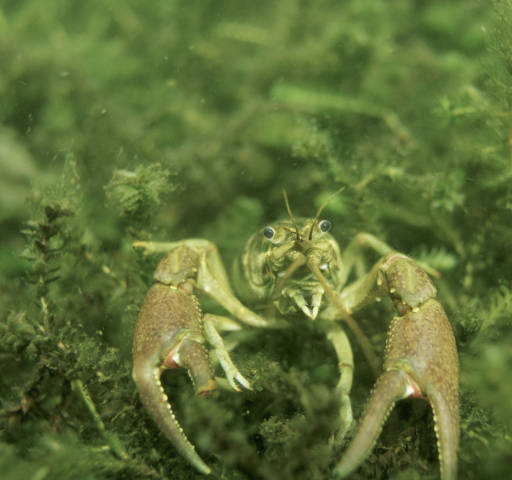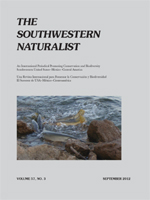 A study by University of South Florida scientists, published online ahead of publication in the Proceedings of the National Academy of Sciences found that crayfish are capable of being infected by Batrachochytrium dendrobatidis, a chytrid fungus implicated in a worldwide amphibian die-off. Further, the study found a positive correlation between the presence of crayfish in Colorado wetlands and chytrid infections in amphibians.
A study by University of South Florida scientists, published online ahead of publication in the Proceedings of the National Academy of Sciences found that crayfish are capable of being infected by Batrachochytrium dendrobatidis, a chytrid fungus implicated in a worldwide amphibian die-off. Further, the study found a positive correlation between the presence of crayfish in Colorado wetlands and chytrid infections in amphibians.
Read the PNAS abstract here, in PubMed. (Reading the paper itself requires a subscription or fee.)
There is a summary of the finding on Smithsonian.com. Read it here. It was that article that attracted the attention of ProMED, which also published a fairly interesting comment. (Read that here.)
Photo: A crayfish in the family Astacidae, which does not include the crayfish species mentioned in the paper, but come on, it’s a crayfish. By Eric Engbretson, courtesy of the US Fish and Wildlife Service.
Back in September we mentioned a paper in The Southwestern Naturalist that found a correlation between chytrid infection in amphibians and the presence of bullfrogs and crayfish in wetlands in Mexico. (Personally, I would have bet on the bullfrogs, which have been found to be resistant to chytrid, but both are invasive in the area studied.)

